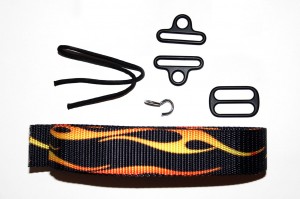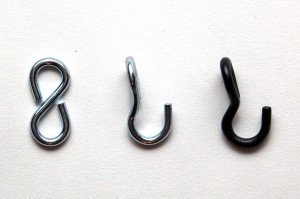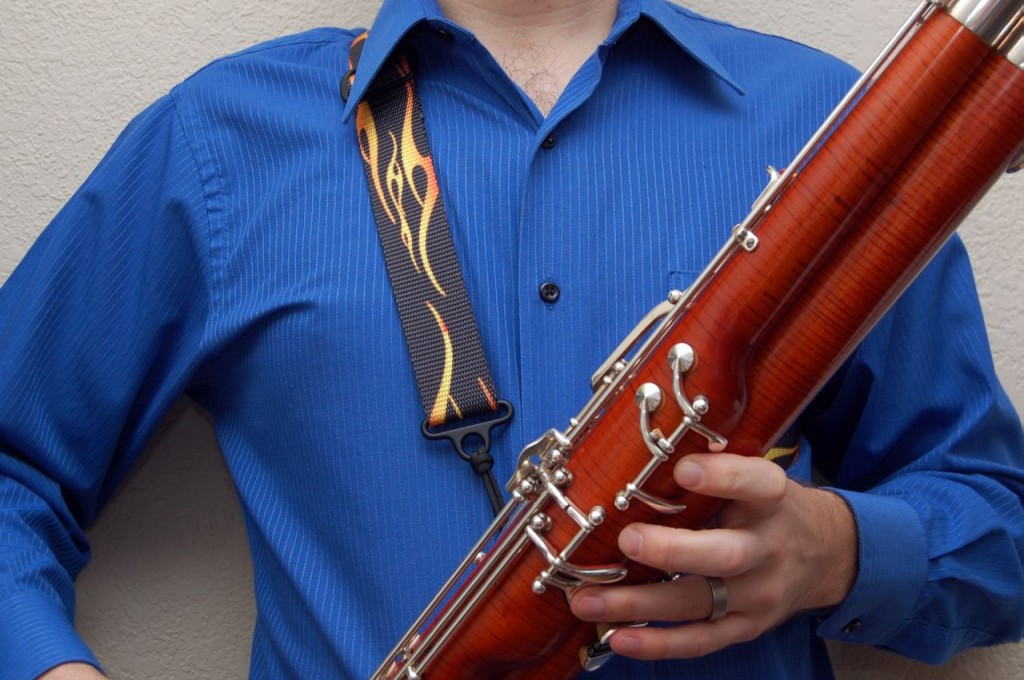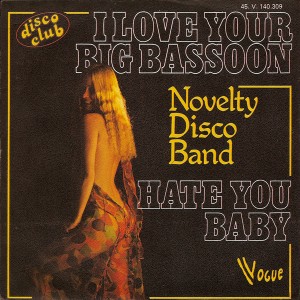Whenever possible, I prefer standing up to play. I do this for solo works, small chamber pieces, and I’ve even helped convinced a woodwind quintet to stand to perform. Standing gives me more freedom of movement, which I feel allows for more musical freedom, as well. This freedom of movement also makes it easier to communicate with my fellow performers, whether through eye contact or physical gesture. Of course, he bassoon also tends to project better when played standing up, and a standing player is generally just more interesting for the audience to watch.
To facilitate standing it’s important to find a strap that’s comfortable, along with any accessories that make standing easier (I use a balance hanger and a right-hand crutch). There are many options for straps out there, but they mostly fall into three categories: neck straps, harnesses, and slings. I’ve tried all three. I find that neck straps put too much weight on the neck and don’t put the bassoon in a good playing position. Double-shoulder harnesses distribute weight better, but are harder to get in and out of and can be visually distracting. I have, since some time in my undergraduate years, used a single-shoulder sling.
My usual sling is a black one made by BG that has a thick shoulder pad. I wear it over my right shoulder, which is the opposite of what many people do. The sling does put pressure and weight on my right shoulder but I feel that it’s much more evenly distributed than with a neck strap. The sling also allows my bassoon to hang in a comfortable playing position.
When I played Dead Elvis last month, I didn’t want to wear my black sling over my white Elvis jumpsuit. Luckily, I had a white BG double shoulder harness that I won as a door prize from Midwest Musical Imports at a double reed event a few years ago. I disassembled the harness into two pieces, one of which was basically a sling without a strap pad. It worked very well, and that got me thinking about making another strap from scratch.

Polyester webbing, paracord, modified s‑hook, reducing rings, and strap adjuster.
Rather than just go for another solid color, I found some inch-and-a-half wide polyester webbing emblazoned with hot rod flames. Along with the webbing, I ordered a whole array of slides, adjusters, rings, and other strap hardware. I went through quite a few iterations before settling on a final design. My final strap uses the items at right — it’s a fairly simple construction.
The actual method of attachment to the bassoon proved to be the most difficult aspect. My BG sling uses a small rubber-coated s‑hook, closed at one end, with a 90° twist in the middle. I searched all over, online and off, but couldn’t find any hooks the proper size and shape. In fact, I couldn’t find any hooks with a 90° twist at all. I tried a number of alternatives, including various clips, snaps, quick links, rings, and swivels, but none were sufficient for my purposes. I ended up taking a standard closed s‑hook, bending it to my required shape, then coating it in Plasti-Dip.

L to R: Unmodified S‑hook, hook with 90° twist, twisted hook with rubber coating
The finished hook is simply threaded onto a triple strand of paracord, which I used to tie the two ends of the strap together. The strap itself consists of a little less than four feet of webbing, one strap adjuster, and two webbing-to-cord reducing rings. I decided to forgo a strap pad, and am hoping that the wider webbing will sufficiently distribute the weight. The hardware (other than the hook) is metal and powder-coated in black, which looks pretty slick. I don’t own a sewing machine, so I had my neighborhood shoe/luggage repair person sew the strap together. My total costs for the finished strap were about $12 or $13 in parts and sewing. Of course, I spent quite a bit of time on it. But now that I’ve settled on a design, the next one (should there be a next one) will go significantly faster.
And the final product:




